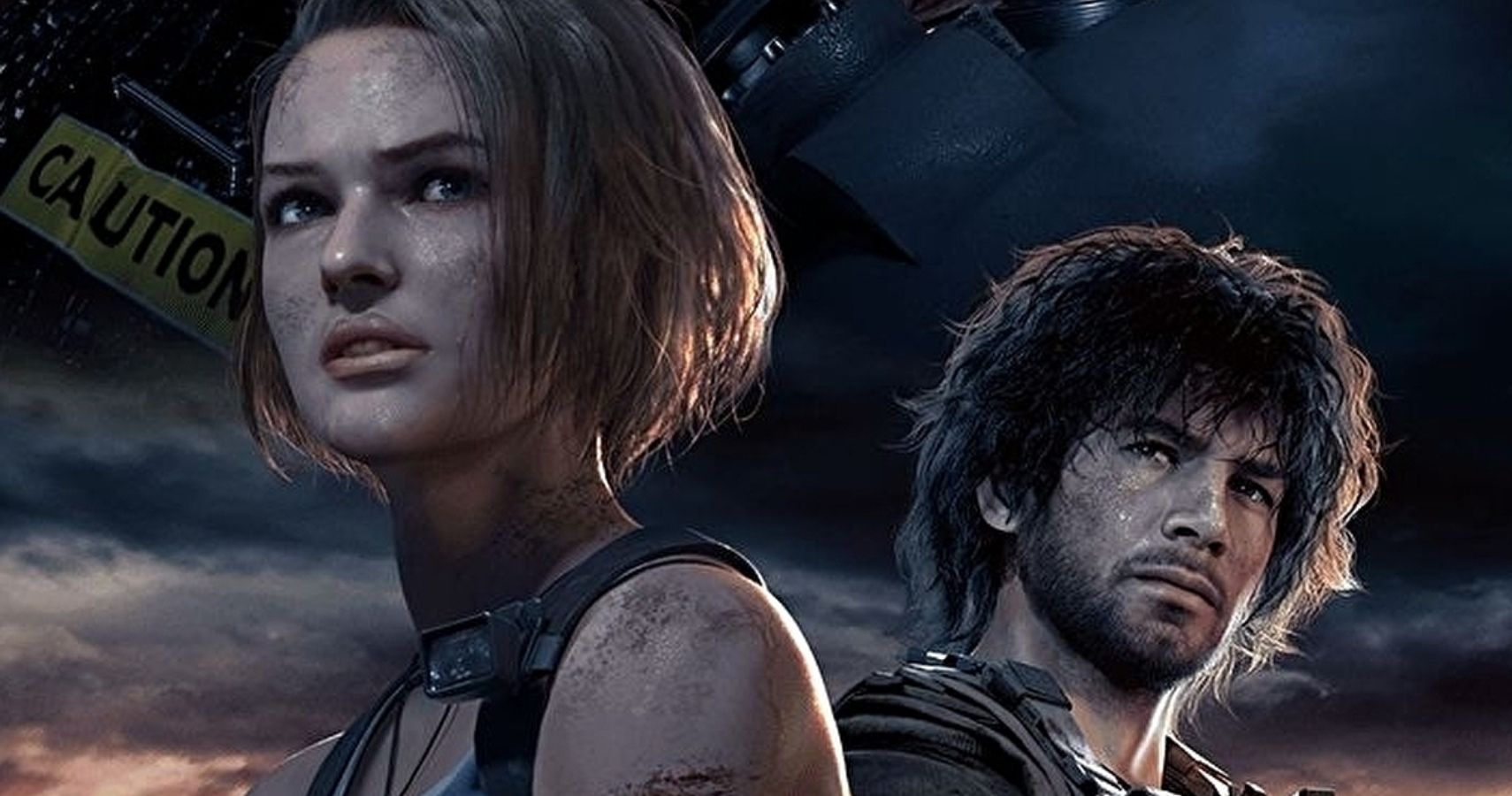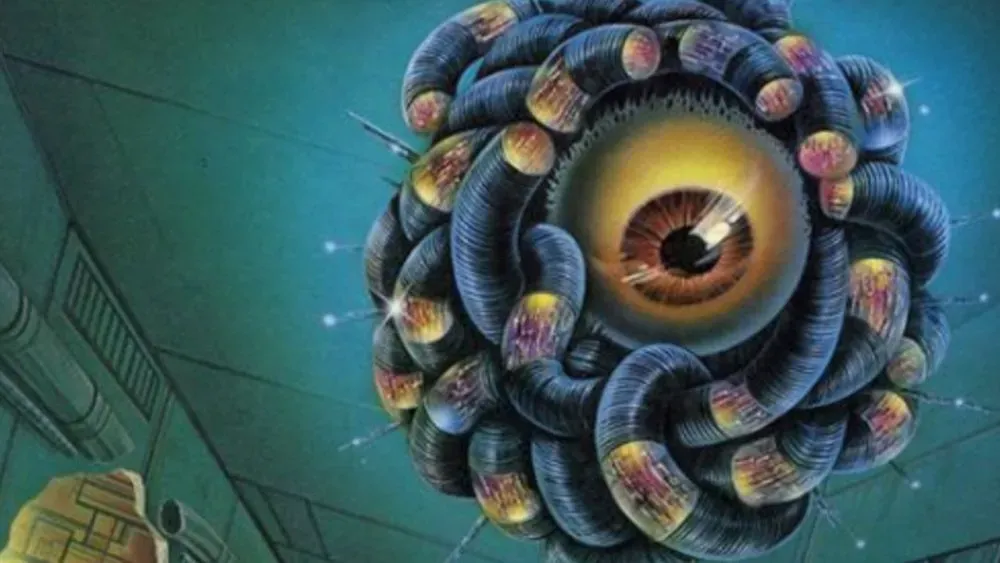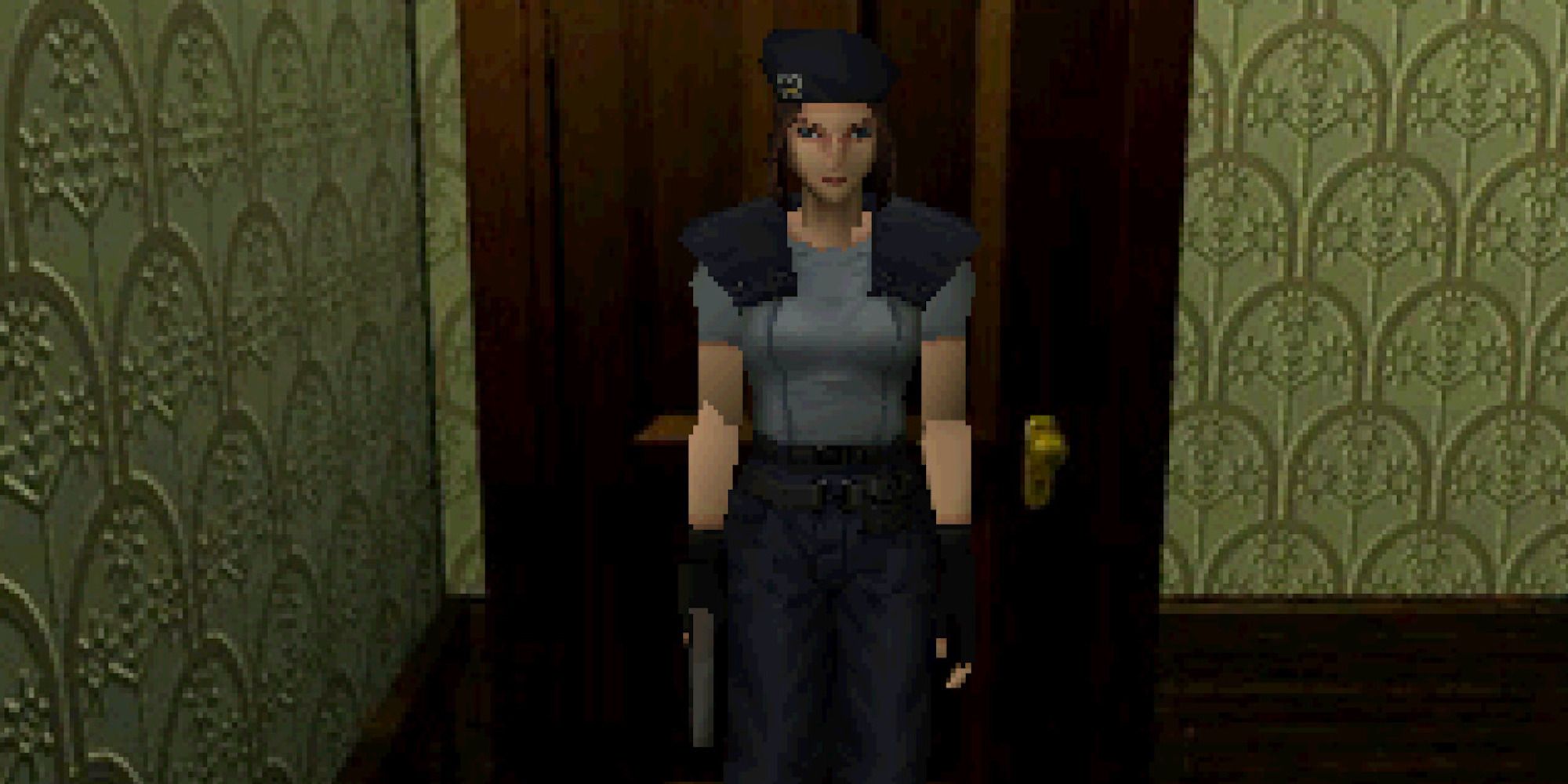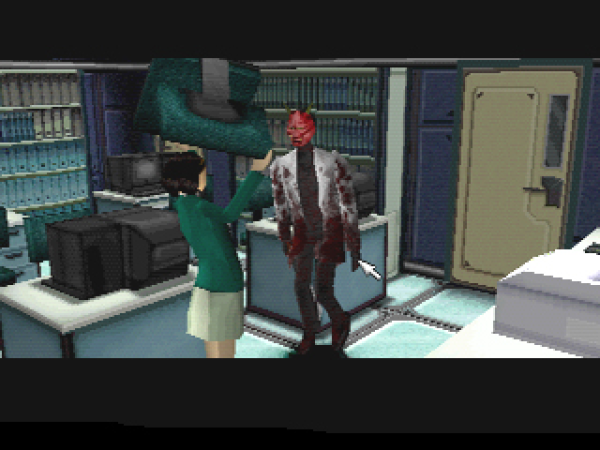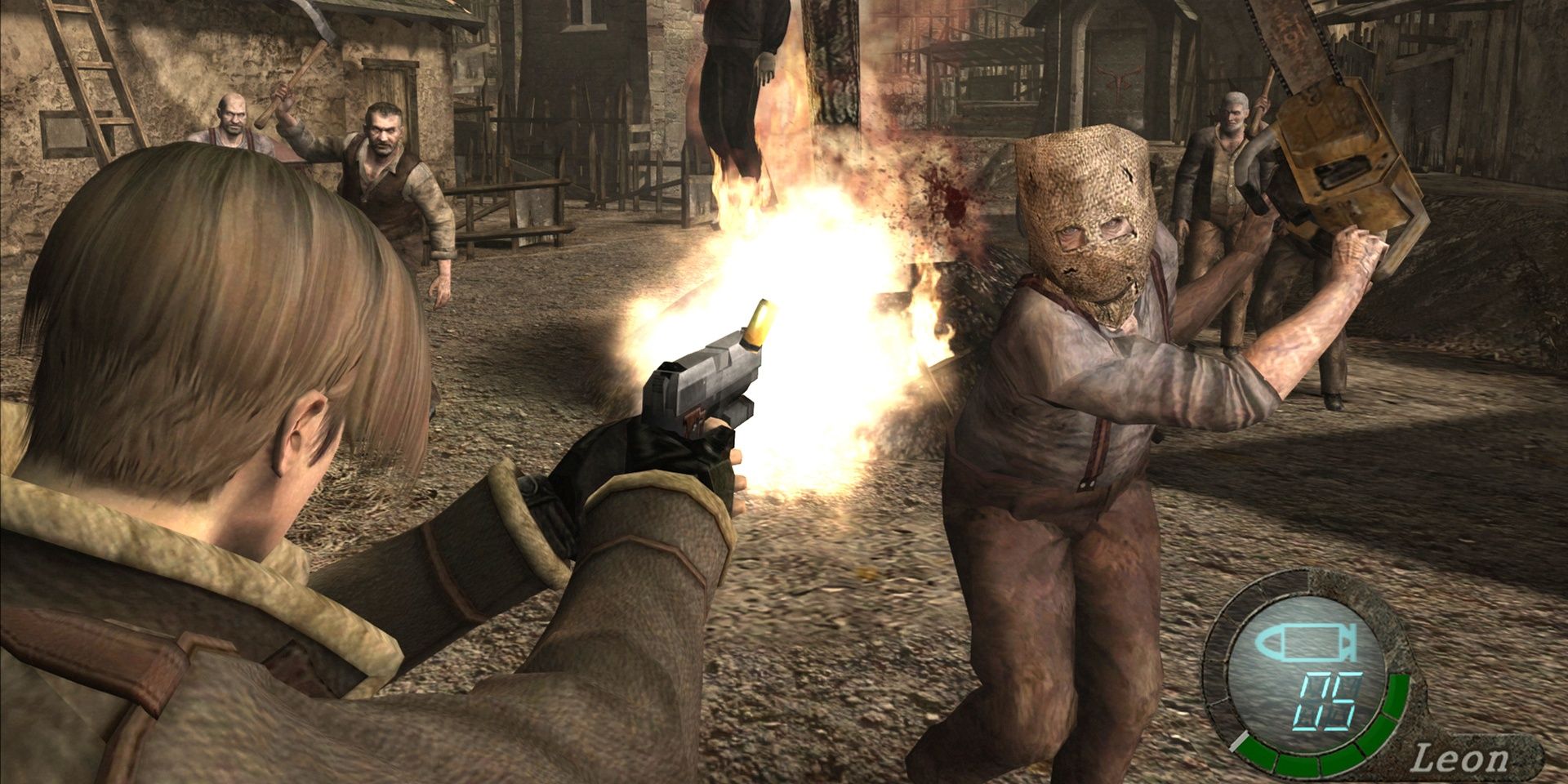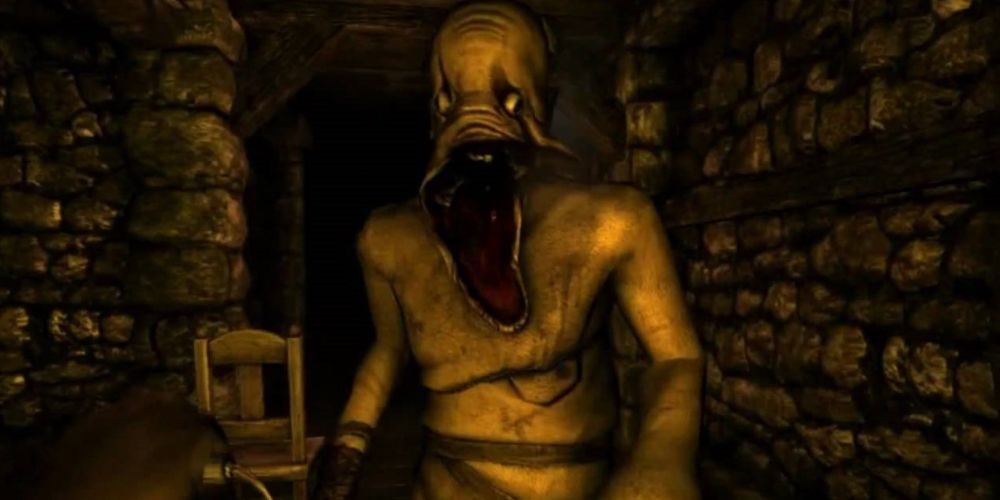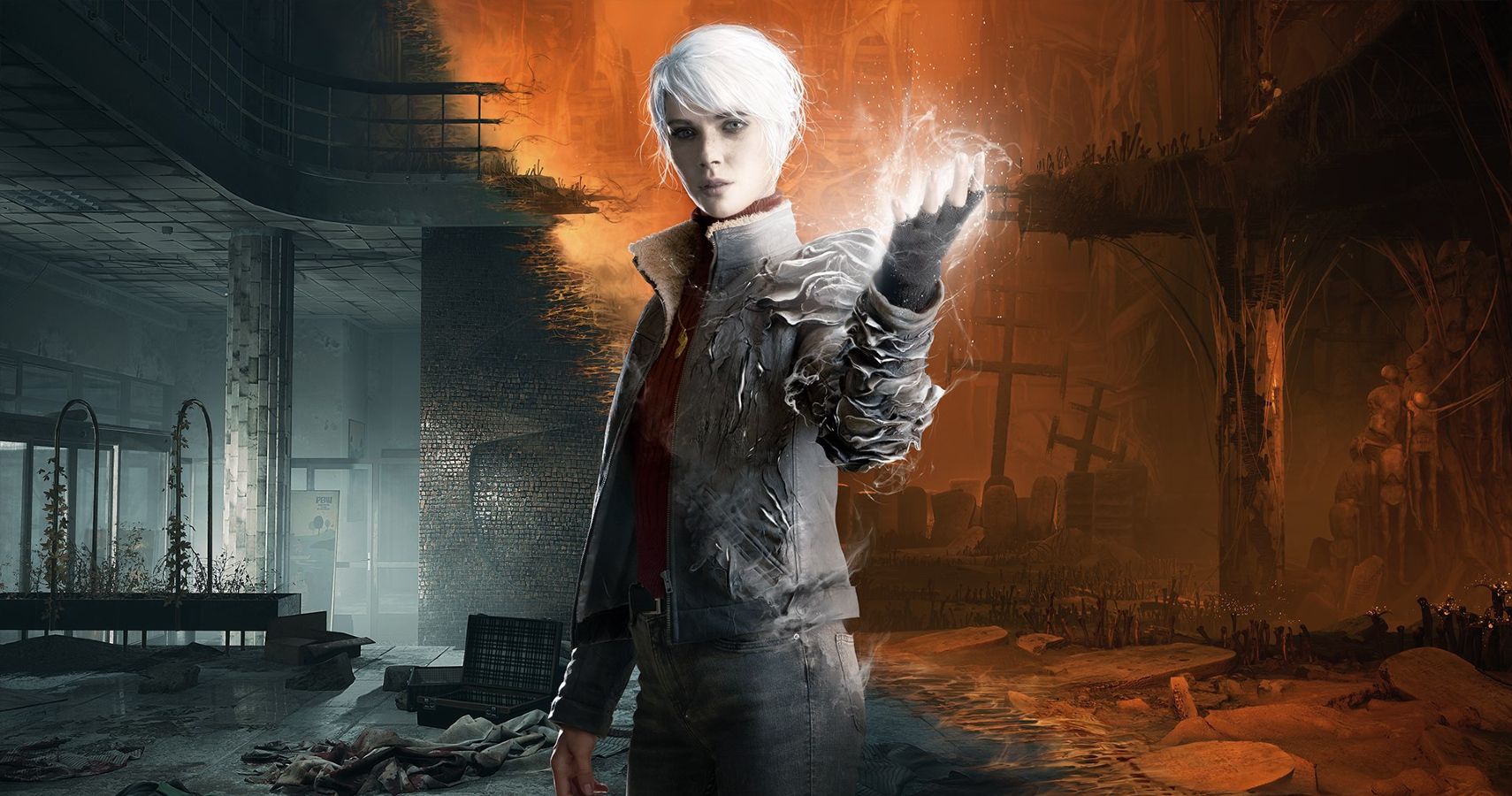Action-adventure games were given a lick of paint in the '90s when a brand new genre from Capcom emerged: survival horror. I say brand new - it's really been around since the '80s, although it took a decade for somebody to officially coin a term for it that went beyond 'spooky games'.
Capcom’s definition of ‘survival horror’ came shortly after the success of Resident Evil paved the way for all manner of copycats, original works, and experiments like Silent Hill that would eventually go on to become equally iconic. The genre took shape in the ‘80s, was defined in the ‘90s, flourished in the ‘00s, and came full-circle in the 2010s. With such a long and storied history, it’s fascinating to think about where it might go from here.
The ‘80s: Pre Survival Horror
The proto-survival horror era was put into motion by AX-2: Uchuu Yusousen Nostromo from Akira Takiguchi. It was a game for the PET 2001 that launched in 1981 and was directly inspired by Ridley Scott’s Alien. The goal was simple: escape the spaceship. What was less simple was the fact that this needed to be accomplished while an invisible extraterrestrial was on your tail. It wasn’t grandiose in visuals or scale given the time, but it set the scene for what would later become survival horror as we know it, introducing the concept of the relentless player-following enemy that would eventually grow into the likes of Xenomorph, Nemesis, and countless other stalkers.
The real genesis of survival horror can be traced to a year later when a game called Haunted House launched for the Atari 2600. The name alone borders on Resident Evil, while the game introduced ideas such as puzzle-solving, running away from enemies, and inventory management, all of which have since become staples in the genre. If Nostromo was a loose prototype, Haunted House was the first true example of playable survival horror.
The rest of the ‘80s were packed with titles that would retroactively be folded into the survival horror genre such as Monster Maze, Terror House, Monster Bash, Ghost House, Ant Attack, Splatterhouse, and Kenseiden, but one game of particular import is 1989’s Sweet Home, a title that Capcom touts as vital inspiration for Resident Evil. It featured a lot of similar aspects to Haunted House - puzzle solving, evasive combat, an eerie atmosphere, and iconic creatures from literature, films, and mythology - but it also prioritized story like no horror game before it. There were diary entries, multiple endings, permanent deaths for characters, and… a mansion backdrop.#
Capcom Coins The Term
The scene is set - the ‘80s boomed with titles inspired by classic horror cinema, a medium that was seeing its own spark of innovation in the advent of slasher schlock. Horror was all the rage, with icons such as Freddy Kreuger, Jason Vorhees, and Michael Myers dominating the silver screen. All the while, video game developers were itching to keep up and produce their own timeless horror characters, although no publisher was able to clearly define this sect of gaming - that is until Capcom started work on Resident Evil.
The ‘90s Capcom classic featured a number of familiar elements from Sweet Home and also borrowed heavily from 1992’s Alone in the Dark. It took a fixed camera perspective and tank controls and turned them into something capable of becoming a mainstream hit, although first Capcom had to market this new, ambitious game. It needed to be clear it wasn’t another aimless horror experience being hurled into the void or another action-adventure, puzzle-solving game tinged with horror elements. And so, Capcom coined the term ‘survival horror,’ kickstarting an entirely new genre.
Just three years later, Konami came out with a little game known as Silent Hill, which would eventually ascend to equally iconic status over the years to come. It had full 3D environments, as opposed to Resident Evil’s pre-rendered backdrops, and even boasted stealth sections where you could turn off your flashlight to hide from monsters. This allowed it to quickly and effectively carve out its own unique subgenre: psychological survival horror.
Survival Horror’s Golden Age
Silent Hill wrapped up the ‘90s, ushering in the ‘golden age’ of survival horror. During this renaissance, Capcom launched Resident Evil 2 and 3, branching out from the stereotypical mansion setting to the infected streets of the now iconic Raccoon City.
Aside from Capcom’s own continued contributions, the golden age was filled to the brim with now-beloved classics, games that weren’t afraid to bend the genre into things we’d never seen before. Fatal Frame launched in 2001 and saw us taking photos of ghosts to kill them, while 1998’s Clock Tower 2 embraced the newfound survival horror market without ditching its point-and-click adventure roots.
2001 also saw the launch of Sonnori’s White Day: A Labyrinth Named School, while Doom 3 joined the party in 2004, swapping its fast-paced gunplay for slow, deliberate horror. Survival horror has often been a Japanese-dominated genre, but games like Doom 3, Condemned, and Until Dawn have shown that developers are willing to embrace it more and more. For example, Dead Space is pretty much just Resident Evil 4 mixed with Alien. Speaking of which...
How Resident Evil 4 Reshaped Survival Horror
Resident Evil 4 changed everything when it launched in 2005, and that influence extends far beyond the confines of survival horror. It redefined the genre for better and worse by emphasizing third-person shooter combat and placing a greater emphasis on action. Guns had always been present but ammo was scarce, so you were better off saving it for bosses rather than mowing down every zombie you encountered.
It’s not too surprising given that horror often does the same thing in cinema. Terminator and Alien’s sequels went from slasher-like affairs to hardcore action romps with horror elements, not unlike the Resident Evil series from Resi 4 to 6. Bigger is better, right? Unfortunately, that has never been the case with survival horror in video games.
Resi 4’s influence was evident in the likes of 2008’s Dead Space and 2013’s The Last of Us. The former is an example of the genre’s shift especially when pitted against AX-2: Uchuu Yusousen Nostromo. Rather than an invisible alien you don’t stand a chance against, the USG Ishimura is fraught with monstrous extraterrestrials you’re expected to kill rather than run from. Survival horror was becoming more Westernized, which was visible even in Silent Hill with Homecoming, Shattered Memories, and Downpour.
Indies did much of the heavy lifting at this time in keeping the genre’s roots in-tact. For example, Amnesia: The Dark Descent debuted in 2010 and was all about physics-based puzzles and inventory management with no way to fight its horrors. In 2014, Shinji Mikami - the creator of Resident Evil - launched a spiritual successor in the form of The Evil Within. Unhappy that action had taken priority over scares, his goal was to bring survival horror back to basics.
Also in the year 2014, Alien: Isolation launched, featuring the iconic Xenomorph as the stalker. You had to hide, watch your back, duck and weave, and - as per usual - solve a wealth of puzzles, gather collectibles, and push through the story to escape. Like Doom 3, it was inadvertently predicting the next step in survival horror’s journey - three years later, Resident Evil 7: Biohazard launched. It emphasized horror over action, featured a mansion setting, and toyed with the stalker archetype, repurposing the idea of Mr. X with Jack Baker, a Southern family man with a “groovy” chainsaw. It paved the way for more frights than gunfights, a reputation the genre has adopted with open arms in the years since.
The Genre’s Future
Survival horror’s future is a game of tug-of-war right now. This year saw the launch of Bloober Team’s Silent Hill-esque The Medium - which even features tank controls - but we also got Resident Evil Village and we’re about to get a Dead Space remake.
Resident Evil 4 ushered in a more action-oriented era of survival horror and that same shift appears to be happening again. It has merits, but it’s nice to see an equilibrium being struck with other studios returning to a more traditional approach to what made the genre stand out - the horror

